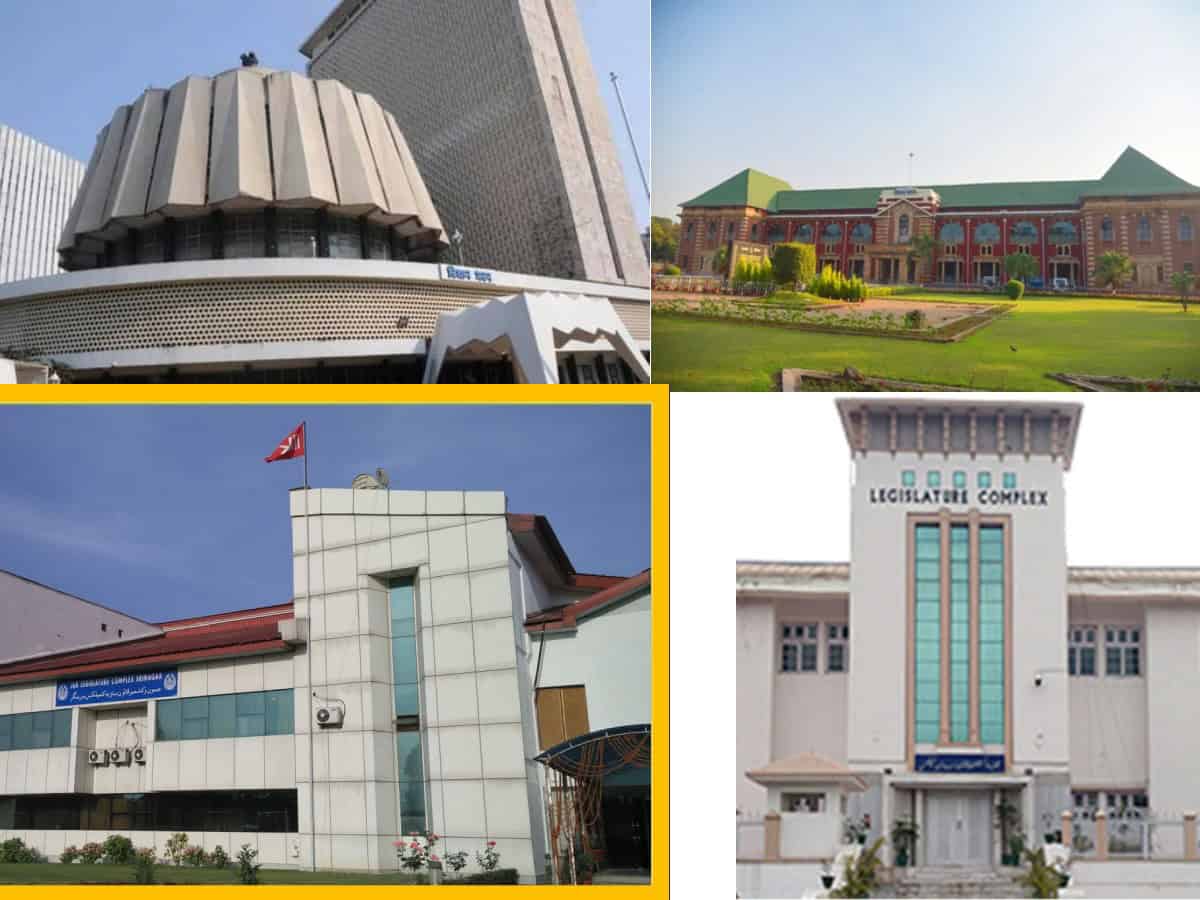
All Jammu and Kashmir political parties want to revive the Darbar move, a biannual shuffling of the state capital between Srinagar and Jammu – the valley and the plains – but it is not to be so this year since the government was elected only recently ending the Centre’s rule. The periodic shift of the legislative Assembly from Mumbai to Nagpur for its winter sessions is on course.
The Darbar move in J&K started by the Dogra rulers in 1872 ended in 2021. It had been an election pledge by diverse parties including the National Conference led by the Abdullahs. The entire government shifted for six months. It was aimed at integrating the populations of the two regions and helping push the economy of Jammu city.
It was ended by the Lieutenant-Governor when the J&K transformed into a Union. The High Court too had once questioned the need for the annual move and the resultant expenditure on it. The funds could better serve the people’s needs, it said. But Omar Abdullah, Chief Minister, has promised to revive it. The practice was unbroken till the year 2000.
No other Indian state periodically moves its government for any length of time except J&K and Maharashtra to another location. This time, it is estimated that some 20,000 Maharashtra government employees and officials and several politicians will move for a few days for the winter session. The Assembly is due to start on December 16 and the duration is hard to guess.
While the Darbar move costs some Rs 200 Cr each year, and almost all of the government shifts for six months, the Maharashtra Assembly session lasts only for a limited period. Its duration equals the period the Assembly sits. But it probably costs as much as the J&K government’s Darbar move. This too has some significance.
Its roots are in the Nagpur Agreement signed when the linguistic state was formed in 1960. Nagpur was the capital of the Central Provinces (CP) and Berar. When the Marathi-speaking area merged into the new state comprising Nizam-ruled Marathwada, Konkan, and the now Western Maharashtra, it was a condition that a session be held there every year. The Gujarati part was hived off from Bombay state.
The intent was that the region of Vidarbha should not feel that it lost something because it was a state capital during the merger. Yashwantrao Chavan, the first chief minister of Maharashtra, promised that the people of the region should also get something more and set up a few government offices like the Chief Conservator of Forests. The city now enjoys the status of the state’s second capital. But that is nominal.
Nagpur is not even the second-largest city of Maharashtra. Holding the session there seems more a brief disruption than a decidedly purposeful activity of a government working from there. The hum and buzz do increase, most of the flights between Mumbai and Nagpur carry officials and politicians, and camp offices are set up. Many legislators prefer hotels to the MLA quarters underlining how brief the annual exercise is.
One spin-off of this is interesting. Most protests that are related to the grievances the people have and need to voice are seen, sometimes several of them around the legislative building. Probably those who cannot mobilize and bring the people to Mumbai organize them in Nagpur during the winter and ministers routinely visit them and promise action.
If only the Maharashtra government like the biannual Darbar move for six months, would the people of the region feel the government’s presence and a promise of integration be realized. Vidarbha region has had a separatist movement which now is more than muted. The generation of public figures and politicians who demanded statehood and unsuccessfully worked towards it are not around.
The demand for statehood for Vidarbha did not even figure in the recent elections. A merged area wanting to break away on grounds of neglect is not a pleasant thing and the region had complained of investment backlogs. A separate development board to assess and oversee investments to clear this backlog was even set up decades ago. But the chip does exist on the shoulder of the region though some progress has been seen.
Since this shift to the second capital is brief, lasting no more than two or three weeks, the entire exercise is tokenism. Better connectivity—air and digital—seems to have worked against this tokenism and gave place to feelings that expecting anything else is futile. The type of economic boost it provides is not known. In J&K, it is said it does boost, at least in Jammu city.

